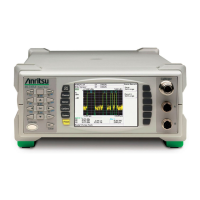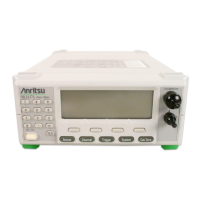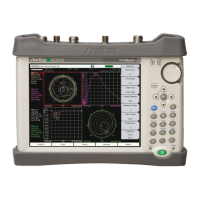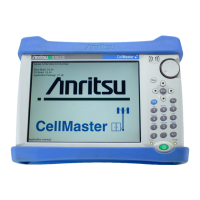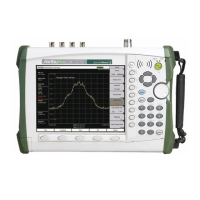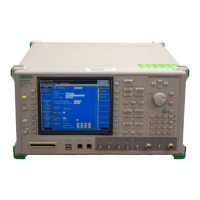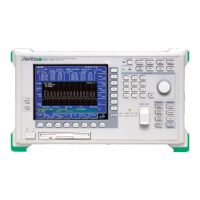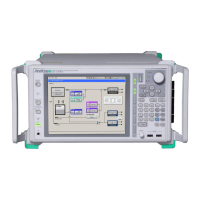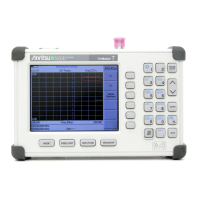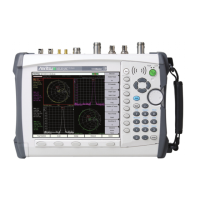Appendix C — Connector Care C-6 Connector Cleaning Instructions
ML248xx, ML249xA MM PN: 13000-00164 Rev. K C-5
Teflon Tuning Washers
The center conductor on most RF components contains a small teflon tuning washer located near the point of
mating (interface). This washer compensates for minor impedance discontinuities at the interface. The
washer’s location is critical to the RF component’s performance. Do not disturb it.
Mechanical Shock
RF components are designed to withstand years of normal bench handling. However, do not drop or otherwise
treat them roughly. They are laboratory-quality devices, and like other such devices, they require careful
handling.
C-6 Connector Cleaning Instructions
Connector interfaces — especially the outer conductors on the GPC 7 and SMA connectors — should be kept
clean and free of dirt and other debris.
Isopropyl alcohol is the recommended solvent. Figure C-3 on page C-6 illustrates the cleaning procedures for
male and female connectors.
With continuous use, the outer conductor mating interface will build up a layer of dirt and metal chips that can
severely degrade connector electrical and mechanical performance. It also tends to increase the coupling torque
which then can damage the mating interface. Cleaning of connectors is essential for maintaining good
electrical performance. Therefore, connectors should be checked for cleanliness before making any
measurements (or calibration).
Cleaning Items Required
• Low pressure compressed air (solvent free)
• Cotton swabs
• Isopropyl alcohol (IPA)
• Microscope
Important Cleaning Tips
The following are some important tips on cleaning connectors:
• Use only isopropyl alcohol as a solvent.
• Always use an appropriate size of cotton swab.
• Gently move the cotton swab around the center conductor.
• Never put lateral pressure on the connector center pin.
• Verify that no cotton or other foreign material remains in the connector after cleaning.
• Only dampen the cotton swab. Do NOT saturate it.
• Compressed air can be used to remove foreign particles and to dry the connector.
• Verify that the center pin has not been bent or damaged.
Note
Most cotton swabs are too large to fit into the ends of the smaller connector types. In these cases it
is necessary to peel off most of the cotton and then twist the remaining cotton tight. Be sure that the
remaining cotton does not get stuck in the connector.
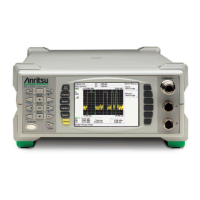
